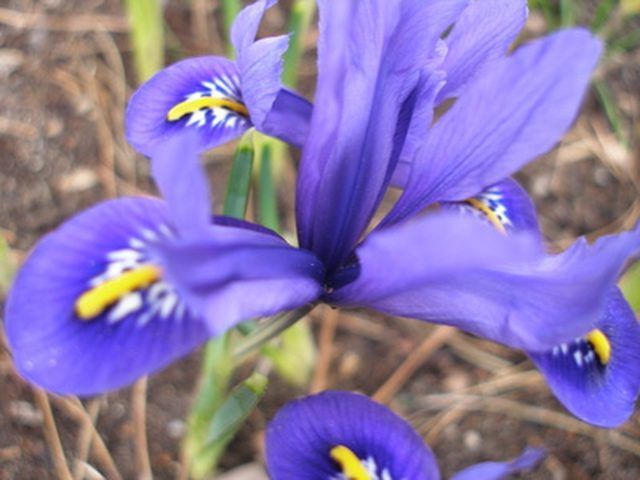Bulbs
Flower Basics
Flower Beds & Specialty Gardens
Flower Garden
Garden Furniture
Garden Gnomes
Garden Seeds
Garden Sheds
Garden Statues
Garden Tools & Supplies
Gardening Basics
Green & Organic
Groundcovers & Vines
Growing Annuals
Growing Basil
Growing Beans
Growing Berries
Growing Blueberries
Growing Cactus
Growing Corn
Growing Cotton
Growing Edibles
Growing Flowers
Growing Garlic
Growing Grapes
Growing Grass
Growing Herbs
Growing Jasmine
Growing Mint
Growing Mushrooms
Orchids
Growing Peanuts
Growing Perennials
Growing Plants
Growing Rosemary
Growing Roses
Growing Strawberries
Growing Sunflowers
Growing Thyme
Growing Tomatoes
Growing Tulips
Growing Vegetables
Herb Basics
Herb Garden
Indoor Growing
Landscaping Basics
Landscaping Patios
Landscaping Plants
Landscaping Shrubs
Landscaping Trees
Landscaping Walks & Pathways
Lawn Basics
Lawn Maintenance
Lawn Mowers
Lawn Ornaments
Lawn Planting
Lawn Tools
Outdoor Growing
Overall Landscape Planning
Pests, Weeds & Problems
Plant Basics
Rock Garden
Rose Garden
Shrubs
Soil
Specialty Gardens
Trees
Vegetable Garden
Yard Maintenance
Facts About the Iris Flower
Facts About the Iris Flower. The iris flower is a herbaceous perennial and known for its beauty. They come in colors including white, yellow, brown, red, orange, blue, purple and black. There are over 200 types that produce in a variety of colors, shapes and sizes. They are grown all over the world and adapt well in most settings, including...

The iris flower is a herbaceous perennial and known for its beauty. They come in colors including white, yellow, brown, red, orange, blue, purple and black. There are over 200 types that produce in a variety of colors, shapes and sizes. They are grown all over the world and adapt well in most settings, including extremely cold areas, deserts and swamps.
History
The iris flower was named after the ancient Greek goddess Iris who was considered the God's messenger. Iris means "rainbow" in their language and was considered to be the bond between Earth and heaven. It was, therefore, viewed as a flower that was symbolic of the concept of communication. It has always been assumed that the flower on the Sphinx was an iris. There were drawings of irises discovered in Egyptian palaces because they were appreciated by the kings. They were used medicinally and to make perfume.
Types
Bulbous and rhizome irises are the two categories of this flower. A boundless supply of varieties, hybrids, species and cultivars are included in these two types. Bulbous irises are divided into groups called crested, beardless and bearded. They are smaller than the bulbous and produce blossoms that require dormancy after flowering. Rhizome irises are horizontal in growth with stems that are wider. Their leaves have the appearance of a flattened sword, as they drape over each other.
Planting
July through September are the most ideal months for planting irises to generate a productive root system. They require at least six hours of sunlight, along with well-drained soil. A good soil conditioner can be added. It is important to make certain that the roots extend down toward the soil and are not planted too deeply. They should be planted 1 to 2 feet apart.
Maintenance
Irises need to be fertilized lightly in the first part of the spring with another dosing 30 days after they bloom. The necessary fertilizers vary with the soil type, but effective fertilizers for irises include superphosphate or bone meal. They need to be watered according to your specific environment and soil; however, longer periods of watering with lengthy periods in between are more effective than repeated light watering.
Weeds and Diseases
It is important to keep the irises from getting too crowded and overlapping. They need separating and thinning after 3 to 4 years of growth. The build up can be taken out of the center. This aids in more productive blooming and controlling disease. It is also crucial to pull weeds in iris garden beds. The stems need to be cut back after they bloom and the leaves that are diseased and brown need to be pulled.